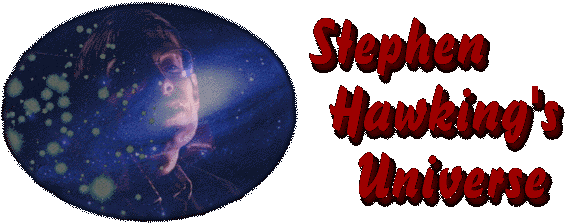 | ||
| PROGRAMME
1, "SEEING IS BELIEVING" UK Air Date (BBC 2): August 31st at 7.45pm, US Airdate (PBS): October 13th at 9pm | ||

Today we take for granted many things about the universe - that the Earth is round, that we orbit the Sun. But these things are not obvious - our knowledge today is built on the foundations laid down by thousands of years of scientific enquiry and ingenuity. For example, to measure the circumference of the Earth, a philosopher called Eratosthenes devised a remarkable method looking at the shadows of sticks hundreds of miles apart. Mathematics revolutionised our view of the Universe. The Greek astronomer Ptolemy was the first to devise a fully comprehensive system which described the motion of the planets, moon and Sun. Ptolemy's system had the Earth at the centre of the Universe, which suited the Catholic Church. The model went unchallenged until the 16th century, when the Polish monk Nicholas Copernicus realised that the mathematics of planetary orbits would be simpler if the Sun were the centre of the Solar System. The German astronomer Johannes Kepler showed that by using elliptical orbits predictions would match observations perfectly. But when the Italian scientist Galileo Galilee used his telescope to look at the heavens, and saw that the planet Jupiter had moons which orbited round it, not the Earth, the Church reacted by putting him under house arrest for the rest of his life. But by the time of Isaac Newton, who showed that it was gravity which kept us fixed to a moving Earth, the Church's view had been overturne in favour of this new universe. Newton's picture of the universe was of an infinite unchanging universe, with everything governed by gravity. But future observations would undermine this view. New telescopes, based on a design of Newton's, allowed us to see deeper into the universe. And new techniques were discovered - it was found that light could be split into its spectrum, and by analysing what was seen, information about the different elements and compounds in the stars in space and their speed away or towards us could be determined. This led to two discoveries - that the Sun was just another star - and that humans contained the same chemicals as could be found out in the universe. In the early twentieth century Albert Einstein revolutionised theoretical physics by overturning Newton;'s view of gravity. With it went Newton's view of the universe as permanent and unchanging. Although Einstein himself resisted it, the equations seemed to predict a dynamic universe. And when Edwin Hubble, using the new telescope at the Mount Wilson Observatory in California saw that all the galaxies in the universe were moving away from all the others in a regular pattern, he realised that the universe was expanding. And this led to an even more astounding predicting. that at some time in the past, everything might have come from one point on the universe - could this be the moment of creation.  | ||
|